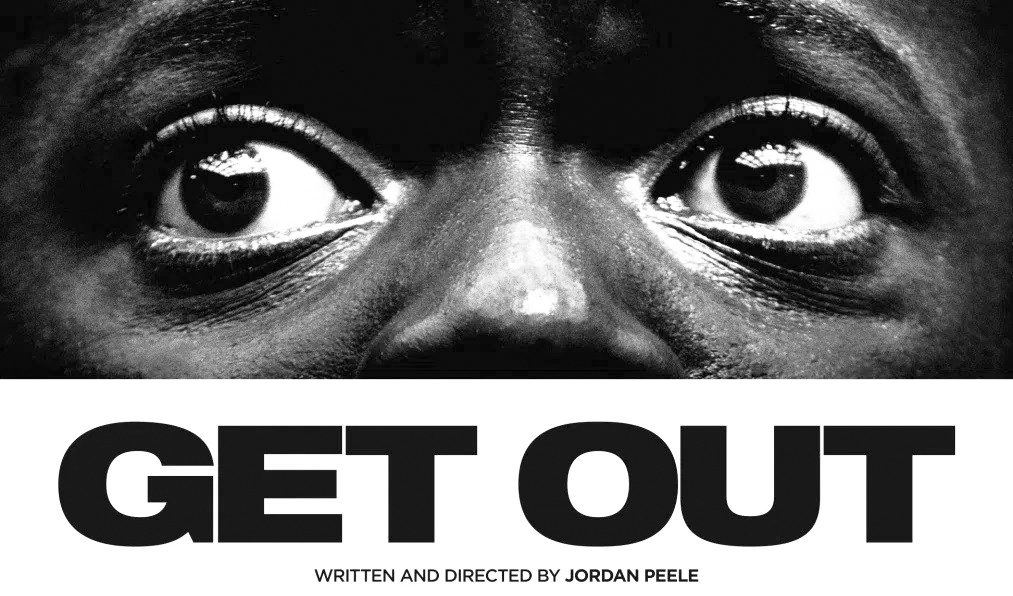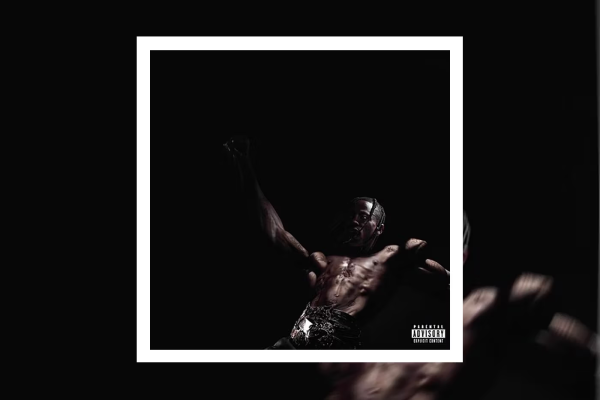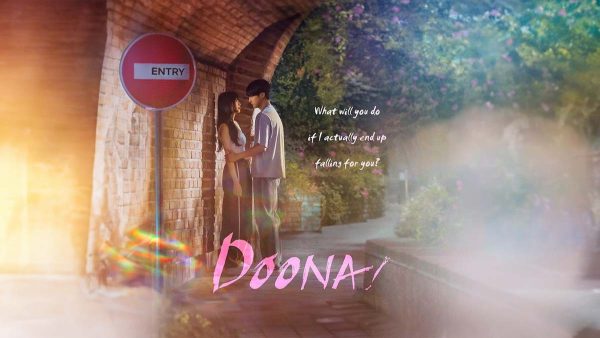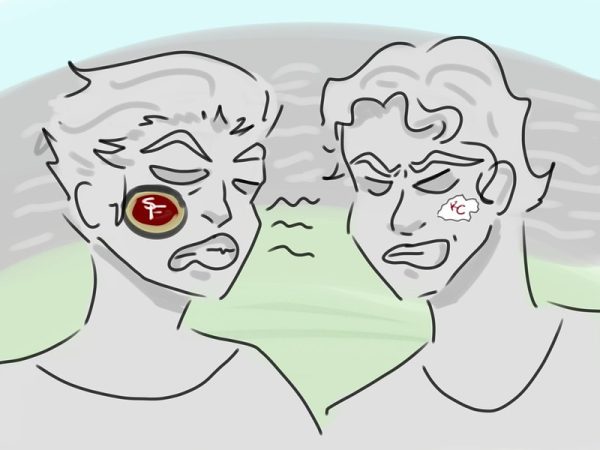“Get Out” of your house and watch Jordan Peele’s debut movie
In addition to bloody lobotomies, socially awkward conversations and an unfortunate deer crossing, creative vision and multiple layers of social commentary meld together to form “Get Out,” a horror film marking comedian Jordan Peele’s directorial debut.
With a 99 percent rating on Rotten Tomatoes and a box office of over $150 million, Peele’s film boasts a solid, creative artistic vision — he confirmed in a 2016 interview with Forbes that the film is based partially on his personal experience as an African-American man — and an intense, terrifying plot intertwined with wider criticisms about racism in society.
Best known for starring on the Comedy Central series “Key and Peele,” Peele’s strengths as a comedian shine through in “Get Out” — elements of comedy are present, both contrasting with and complementing the film’s overall dark and foreboding nature. Although it may seem odd, this transition from comedy to horror is not entirely extraordinary — after all, both genres are intended to provoke strong reactions from their audiences.
The film centers around a young Black man named Chris Washington, played expertly by English actor Daniel Kaluuya, and his White girlfriend Rose Armitage, portrayed equally well by Allison Williams, as they visit Rose’s parents in the countryside. Rose assures Chris, a professional photographer, that her parents will not be fazed by their interracial relationship, claiming that her father would have voted for Barack Obama a third time. Rose’s parents Dean (Bradley Whitford) and Missy (Catherine Keener) Armitage, her brother Jeremy (Caleb Landry Jones) and their Black servants Georgina (Betty Gabriel) and Walter (Marcus Henderson) meet the couple at the Armitages’ gabled Colonial estate, located in the middle of the woods. The secluded location proves perfect for the events of the film to transpire, and indeed, the environment promptly becomes ominous and unnerving shortly after Rose and Chris arrive.
According to a 2015 interview with Rotten Tomatoes, the director was also inspired by Ira Levin’s 1975 thriller “The Stepford Wives,” a fictional novel about independent, career-minded women who are brainwashed and relegated to subservient domestic roles. This influence is most evident in Georgina — easily the creepiest character in the film — whose demure, polished conduct, impeccably styled bouffant and silken voice quickly come off as uncanny and sinister.
Like most of the well-made horror movies of recent years, “Get Out” eschews the overused tropes endemic to the genre — shaky cameras, found footage and cheap jump scares — a decision that contributes to its creativity. Mirroring the critically acclaimed films “The Babadook” (2014) and “The Witch” (2015), “Get Out” dabbles in psychological horror, relying on the characters’ complex emotional and mental states to disturb and unsettle its audience. And though not completely immune to a case of Deus ex machina, there are few plot holes and unrealistic getaways for the protagonists — in an unexpected moment during the film’s climax, Chris uses his ingenuity to escape a seemingly hopeless predicament, a sure sign of a well written plot.
But in addition to the quality of the direction and script, “Get Out” makes its mark with its socially relevant focus on the realities of racism in the United States. While the exploitation of Black bodies is the main unifying motif of the movie, the film begins and ends with references to police brutality and racial profiling by law enforcement. A Black man lost walking in a suburban neighborhood at night notes, in a phone conversation, that he sticks out like a “sore thumb” — right before he is assaulted by an unseen figure and dragged, in a rhythmic, grotesque dance, to what looks like a police car. The scene is juxtaposed, rather ironically, with the falsetto vocals of Childish Gambino’s “Redbone.”
However, the primary object of Peele’s criticism is not the rural, Confederate flag toting, N-word spewing White Southerner. Instead, “Get Out” analyzes the ways in which even well-meaning, educated liberals can perpetuate anti-Black racism. It refutes the idea that racism requires overt hate by focusing on the Armitages’ easily ignored micro-aggressions which nonetheless have a profound negative impact on their Black guest and build into the chilling reveal that severely threatens Chris’s identity and wellbeing. Peele does not only indicate that racism can still exist in spaces that ostensibly welcome people of color — he clearly demonstrates how this type of racism, because of its insidiousness, is harder to expose and can go undetected, with dangerous consequences.
Peele implies that these micro-aggressions reinforce racist attitudes. The Armitages claim tolerance and cultural awareness, doing everything they can to appear unprejudiced instead of acknowledging their biases. In the end, all of these attitudes, while seemingly harmless, come back to harm our black protagonist.
Many of these references to racism are subtle and easily missed. For example, Dean Armitage makes a passing statement about the growth of uncontrolled “black mold” in the basement. A mounted buck’s head is seen on the wall of a room in the Armitage home, alluding to a port-Reconstruction era slur for assertive, strong Black men. When Dean Armitage declares that he thinks deer, including bucks by definition, are multiplying too quickly — an outwardly innocent statement — the camera shifts quickly to Chris’s reaction. Later in the film, as a smaller component of the significant, shocking reveal, the audience sees that Georgina’s hair was once natural. All of these elements add to the thematic richness of “Get Out.”
Ultimately, the critical and commercial success of “Get Out” is well deserved. Peele’s debut in the horror genre is a chillingly innovative film with a message that is inextricably linked to relevant, timely social commentary and social justice themes. It is a clear rebuke of prevailing attitudes regarding what it means to be a racist; in addition, it is highly educational for those seeking to learn more about the nature of anti-Blackness and institutional racism in everyday life. These messages are integral to “Get Out”, and one could argue that the film cannot be enjoyed to its full extent without at least a basic recognition of its underlying social criticisms.
Through its strong artistic vision and its horrifying, thematically loaded plot, Peele’s film is an outstanding movie sure to provoke both intense fear and conscious thought. In a question posed to Chris shortly before one of the movie’s most memorable scenes, one of the Armitages’ friends asks him if he considers being African American an advantage or disadvantage in American society. The answer, at that point in the film, is painfully clear. “Get Out” skillfully deconstructs the illusory fantasy that is post-racial America.

Brandon is currently enjoying his second year in Journalism. He joined the Tribune because he places value on student journalism and the power of writing. Brandon has one year of experience in the Wildcat...



















